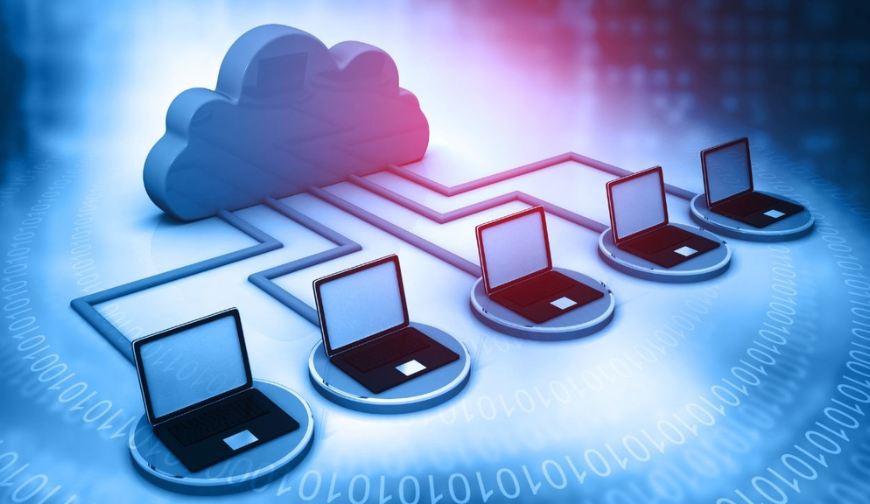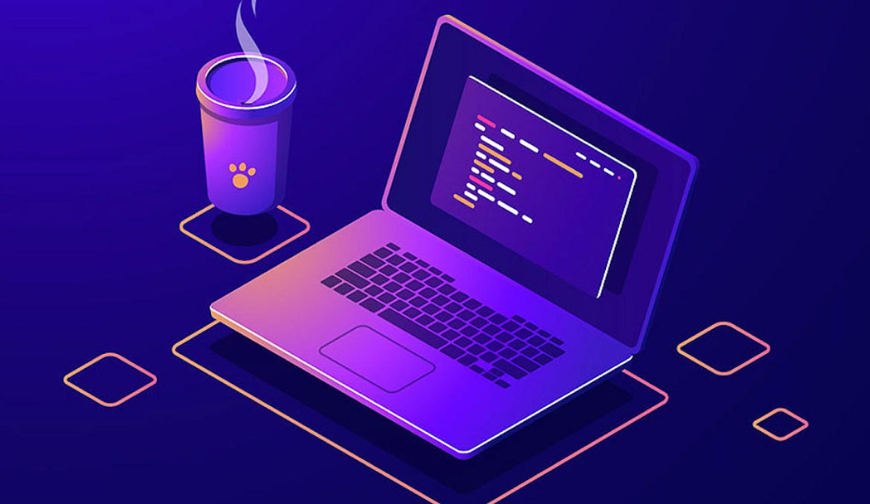The LAMP stack, an acronym for Linux, Apache, MySQL, and PHP/Perl/Python, has been a cornerstone of web development for decades. It represents a powerful combination of open-source technologies that has enabled countless websites and applications to flourish. Let’s delve into the evolution of LAMP, tracing its journey from a mere concept to widespread application.
The Components of LAMP
Linux
Linux, the operating system of choice for LAMP, provides a robust and stable foundation for web servers. Its open-source nature fosters innovation and flexibility, making it the preferred platform for hosting web applications.
Apache
Apache, the most popular web server software, seamlessly integrates with Linux to deliver dynamic content to users. Its scalability and extensibility have made it the go-to choice for hosting websites of all sizes.
MySQL
MySQL, a powerful relational database management system, forms the backbone of many LAMP applications. Its speed, reliability, and ease of use make it a preferred option for storing and retrieving data in web environments.
PHP/Perl/Python
The final component of LAMP, PHP, Perl, or Python, serves as the scripting language for dynamic web content. These languages empower developers to create interactive and feature-rich web applications with ease.
Evolution of LAMP
Early Development and Adoption
LAMP emerged in the late 1990s as developers sought an open-source alternative to proprietary web development stacks. Its affordability and flexibility quickly gained traction within the developer community, leading to widespread adoption.
Advancements in Each Component
Over the years, each component of LAMP has undergone significant enhancements. Linux distributions have become more user-friendly and feature-rich, Apache has seen performance improvements and security updates, MySQL has evolved with new features and optimizations, and PHP/Perl/Python have matured with additional libraries and frameworks.
Rise of Alternatives and Challenges
While LAMP enjoyed dominance in the web development landscape, alternative stacks and technologies began to emerge. Competition from frameworks like MEAN (MongoDB, Express.js, AngularJS, Node.js) and MERN (MongoDB, Express.js, React, Node.js) posed challenges to LAMP’s supremacy, prompting developers to explore new solutions.
LAMP in Modern Applications
Cloud Computing and Scalability
The advent of cloud computing has revolutionized how LAMP applications are deployed and scaled. Platforms like AWS, Google Cloud, and Azure offer robust infrastructure-as-a-service solutions, enabling developers to effortlessly provision and manage LAMP environments on a global scale.
Containerization and Microservices
Containerization technologies like Docker and Kubernetes have streamlined the deployment of LAMP applications, making them more portable and efficient. Microservices architectures further enhance scalability and maintainability, allowing developers to modularize and deploy individual components of LAMP applications independently.
Security Considerations
As cyber threats continue to evolve, security has become a paramount concern for LAMP developers. Best practices such as regular software updates, secure coding techniques, and implementing robust authentication and authorization mechanisms are essential to safeguarding LAMP applications against vulnerabilities and attacks.
Case Studies
Successful Applications Built on LAMP
Numerous high-profile websites and applications have been built using LAMP, including WordPress, Drupal, and Joomla. These platforms showcase the versatility and scalability of the LAMP stack, powering millions of websites and serving diverse user bases worldwide.
Challenges Faced and Solutions Implemented
Despite its strengths, LAMP is not without its challenges. Issues such as performance bottlenecks, database scalability, and security vulnerabilities have necessitated ongoing optimization and refinement. Solutions like caching, load balancing, and database sharding have been employed to address these challenges effectively.
Future Trends
Continued Relevance of LAMP
Despite the emergence of new technologies, LAMP continues to remain relevant in the ever-changing landscape of web development. Its simplicity, versatility, and extensive community support ensure that it remains a viable option for building a wide range of web applications.
Integration with Emerging Technologies
LAMP is poised to integrate seamlessly with emerging technologies such as artificial intelligence, machine learning, and the Internet of Things (IoT). By leveraging these technologies, developers can enhance the functionality and intelligence of LAMP applications, opening up new possibilities for innovation and growth.
Conclusion
The evolution of LAMP from a conceptual framework to a widely adopted web development stack is a testament to the power of open-source collaboration and innovation. As we look to the future, LAMP will continue to play a pivotal role in shaping the digital landscape, empowering developers to build robust and dynamic web applications.
Unique FAQs
- Is LAMP still relevant in modern web development?
- Despite the emergence of new technologies, LAMP remains a popular choice for web development due to its simplicity, versatility, and extensive community support.
- What are some alternatives to the LAMP stack?
- Alternatives to LAMP include stacks like MEAN (MongoDB, Express.js, AngularJS, Node.js) and MERN (MongoDB, Express.js, React, Node.js), as well as proprietary solutions offered by cloud providers.
- How can I secure my LAMP applications against cyber threats?
- Implementing best practices such as regular software updates, secure coding techniques, and robust authentication mechanisms is essential for securing LAMP applications against vulnerabilities and attacks.
- What are some examples of successful applications built on LAMP?
- Popular applications built on LAMP include WordPress, Drupal, Joomla, and many others, highlighting the versatility and scalability of the LAMP stack.
- What is the future outlook for LAMP?
- LAMP is expected to remain relevant in the future, with ongoing integration with emerging technologies such as artificial intelligence, machine learning, and IoT opening up new opportunities for innovation and growth.




